RIDAY JAIN is not your ordinary party-hopping, gadget-obsessed 21-year-old. Driven by passion and purpose, the young entrepreneur’s quest to learn, evolve, and dream big is evident. A third-generation jeweller and IIGJ graduate, he was recently honoured with laurels for his graduation assignment at Glimpz. Clear-headed about what he wants to achieve a decade from now, Riday already holds a firm grip on his family’s three business verticals: a retail outlet in Asia’s largest slum, Dharavi; another in the iconic Zaveri Bazaar; and a manufacturing unit that produces jewellery using the latest technology. Started by his grandfather, the Dharavi store, which caters to the masses, has given Riday invaluable experience in understanding diverse consumer needs—an exposure that now fuels his larger vision.
“My goal is to honour my family’s legacy while putting India at the forefront of jewellery innovation. I want people to remember me as someone who wasn’t afraid to try what no one else had done before!” he says. Ambitious? Yes. Risk-taker? A big yes! Trailblazer? An even bigger yes!
Your family’s jewellery journey began in Dharavi, Asia’s most well-known slum, with your grandfather laying the foundation. What part of that legacy inspires you the most as you step into the business?
My grandfather started Dharavi Jewellers in 1960 with humble means but a powerful principle — jewellery must be built on trust and transparency. Even in a place like Dharavi, where customers negotiate down to the last rupee, he managed to create lifelong relationships. What inspires me most is how he combined resilience with honesty. That legacy continues today, with Dharavi Jewellers known for hallmarked gold at the best rates, serving a loyal community for over six decades. For me, it is proof that no matter how the industry changes, trust will remain the foundation.
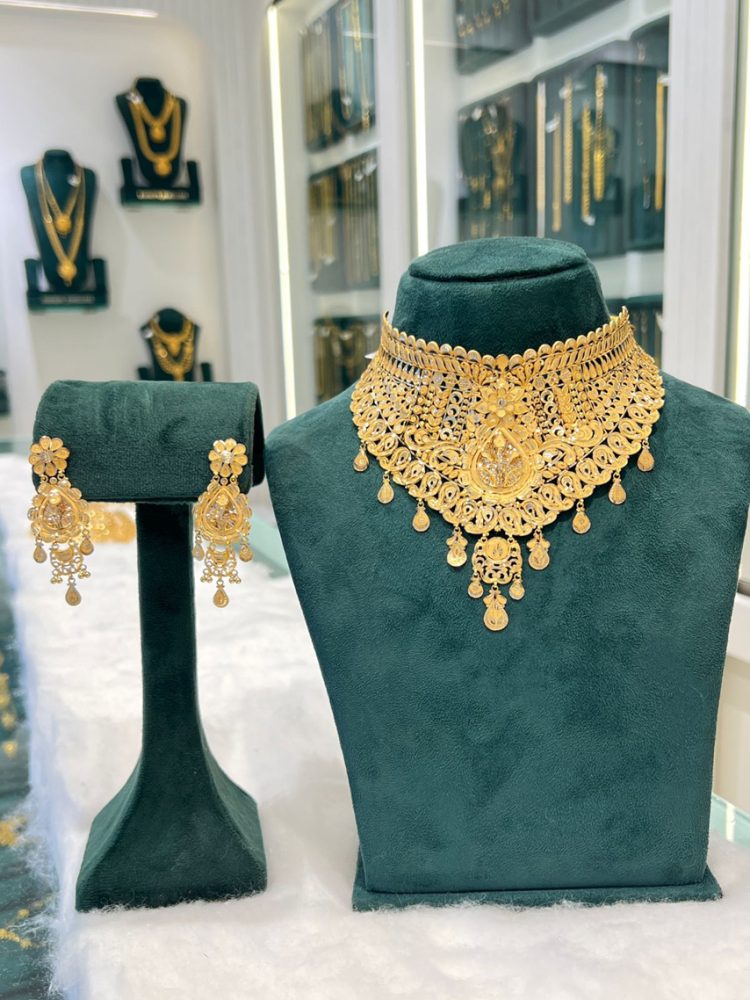
You recently won recognition at IIGJ for your Glimpz theme. Can you tell us about the idea behind it and what the award means to you personally? Also, your experience at IIGJ — did it help you enhance your knowledge, since you were already in the business? What were the main lessons learnt at the institute?
Winning at Glimpz was a turning point for me. I was honoured to receive the ‘Best Jewellery Collection by a Male’ for my surrealist-inspired theme, which combined modes of transport and phases of life to show how jewellery can go beyond adornment and become a reflection of our experiences. In addition, my team also won the award for ‘Art of Display’, which celebrated how we presented jewellery as storytelling rather than just product.
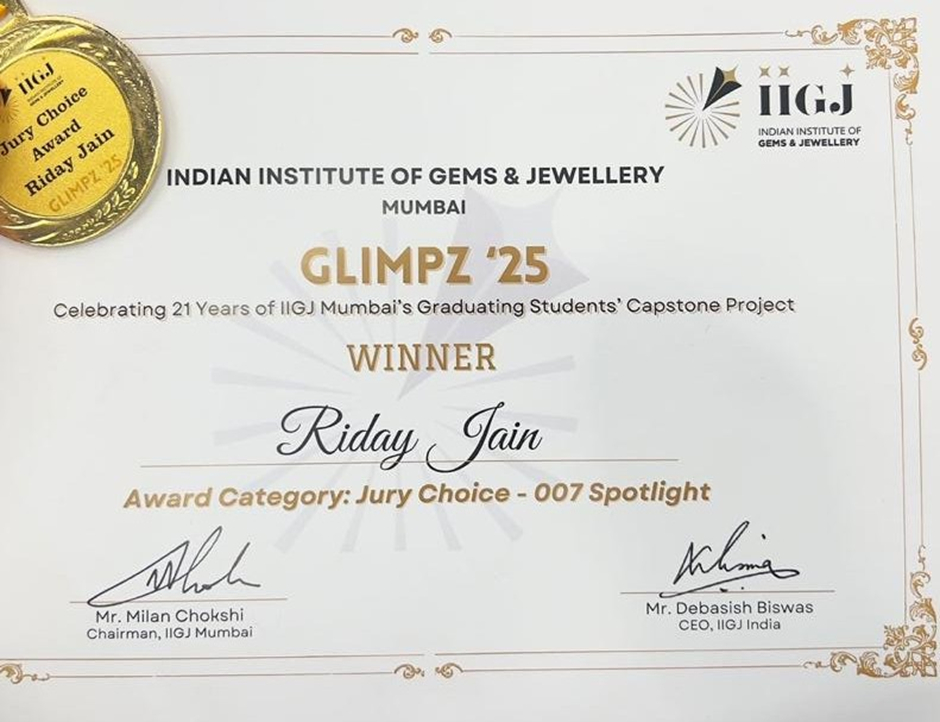
These awards mean a lot because they validate my belief that jewellery is not just adornment, but art and emotion.
At IIGJ, I gained exposure that went far beyond my family business. While I had practical skills from Dharavi, the institute gave me technical expertise in design, trends, and global perspectives.
The biggest lesson was to think holistically — design, business, storytelling, and innovation all go hand in hand.
Being a third-generation jeweller, how do you balance honouring traditional craftsmanship while bringing in new-age design and business thinking?
I believe in a “multiple brands, one vision” approach. Dharavi Jewellers continues to serve traditional plain gold jewellery for our community.
PR Ratna, envisioned by my mother, is focused on polki and heritage jewellery.
RS Jewels manufactures casting and CZ jewellery for other brands. And now, my personal focus is on lab-grown diamonds, low-karat gold, and new retail concepts.
The balance comes naturally because I see each brand addressing a different consumer.
Tradition is safeguarded at Dharavi Jewellers and PR Ratna, while innovation drives RS Jewels and my upcoming ventures. This way, we honour our past while preparing boldly for the future.
What role do you see technology, design innovation, or even digital platforms playing in shaping the next chapter of your company?
Technology is the foundation of our industry as we go forward. From CAD and 3D printing to using digital platforms for global reach, jewellery business is shifting rapidly.
I want to create a retail experience in India that does not exist today — one that combines lab-grown diamonds, low-karat jewellery, and a highly engaging retail format. It will merge storytelling, design, and technology to give consumers something beyond the traditional showroom.
At the same time, digital platforms allow us to connect with both B2C customers and B2B clients worldwide. That blend of design innovation and digital-first business is where I see the biggest opportunity.
Dharavi has such a powerful story of resilience and enterprise. Do you feel that background gives you a unique perspective compared to other jewellers?
Definitely. Dharavi is one of the most competitive jewellery markets in India, and growing here teaches you resilience, sharp business acumen, and customer psychology. Customers here bargain hard, demand transparency, and expect value for every rupee. That environment forces you to sharpen your skills in negotiation and relationship-building.
Compared to other jewellers who may have grown in more premium neighbourhoods, Dharavi gave me a ground-level business education. It makes me confident that I can adapt and succeed in any market.
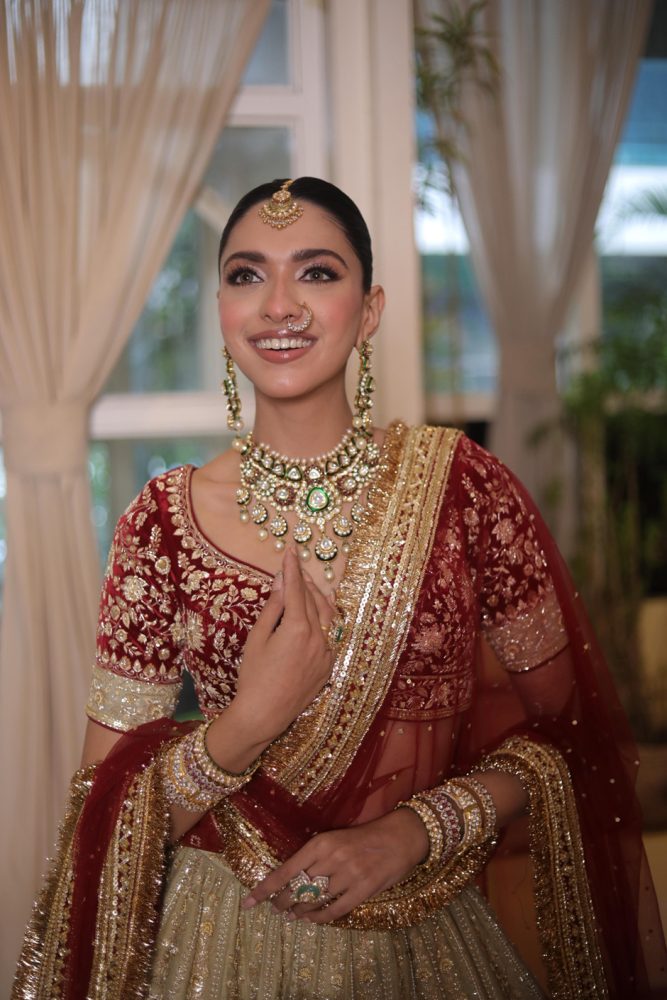
Young consumers today often look for lightweight, versatile jewellery with meaning. How do you plan to cater to this evolving taste while keeping your brand identity intact?
Younger consumers want jewellery that fits their lifestyle — light, wearable, and affordable, yet meaningful. For Dharavi Jewellers, we’re introducing more lightweight collections while retaining our hallmark guarantee and trust.
For the future, my lab-grown concept will especially cater to this audience. By working with low-karat gold and lab-grown diamonds, I can create statement designs with multiple stones, without pushing the prices too high. This way, young consumers can buy aspirational jewellery without compromising on quality or ethics.
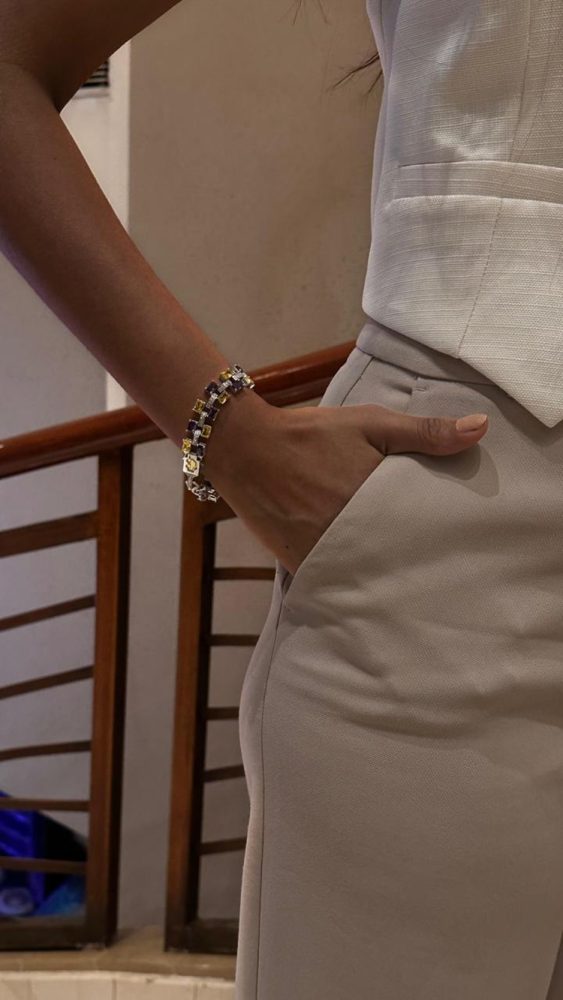
As someone who is just beginning to make his mark, what challenges do you foresee, and how do you plan to overcome them?
The biggest challenge is differentiation. In a market full of legacy jewellers, it is easy to be seen as “just another jewellery brand.” My answer to that is to constantly innovate — whether it’s design, retail, or consumer experience.
Another challenge is scaling while maintaining trust. To overcome this, I am open to collaborations and partnerships with like-minded people who share my vision. I strongly believe growth comes faster when innovation meets collaboration.
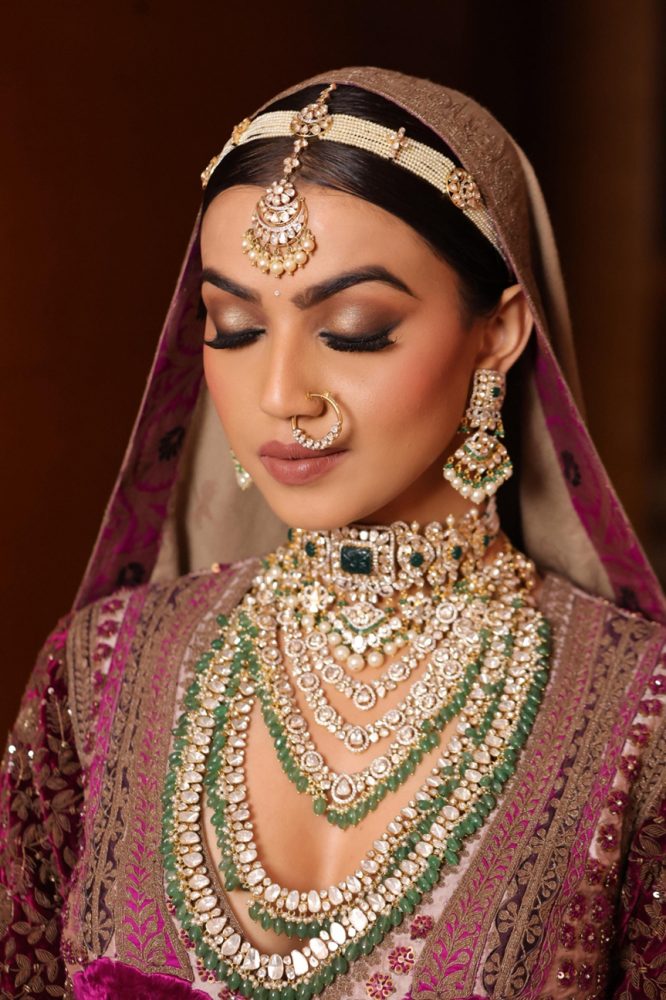
Finally, when you dream about your company ten years from now, what does that vision look like?
Ten years from now, I see a portfolio of brands catering to very distinct audiences:
Dharavi Jewellers continuing to grow as a trusted name for plain gold; PR Ratna expanding in polki and heritage jewellery; RS Jewels scaling up manufacturing and exports; and most importantly, a lab-grown and low-karat jewellery retail concept that redefines the Indian market and offer an experience never seen before.
I want to build a retail format that merges affordability, aspirational design, and technology. Different localities will have different offerings — from lightweight plain gold in community-driven hubs, to heritage jewellery in premium areas, to a cutting-edge lab-grown retail experience in metros.
Eventually, I see myself not just running jewellery stores, but creating an ecosystem where Indian jewellery blends tradition with global innovation. I would like to become a Venture Capitalist as new ideas and industries excite me.

